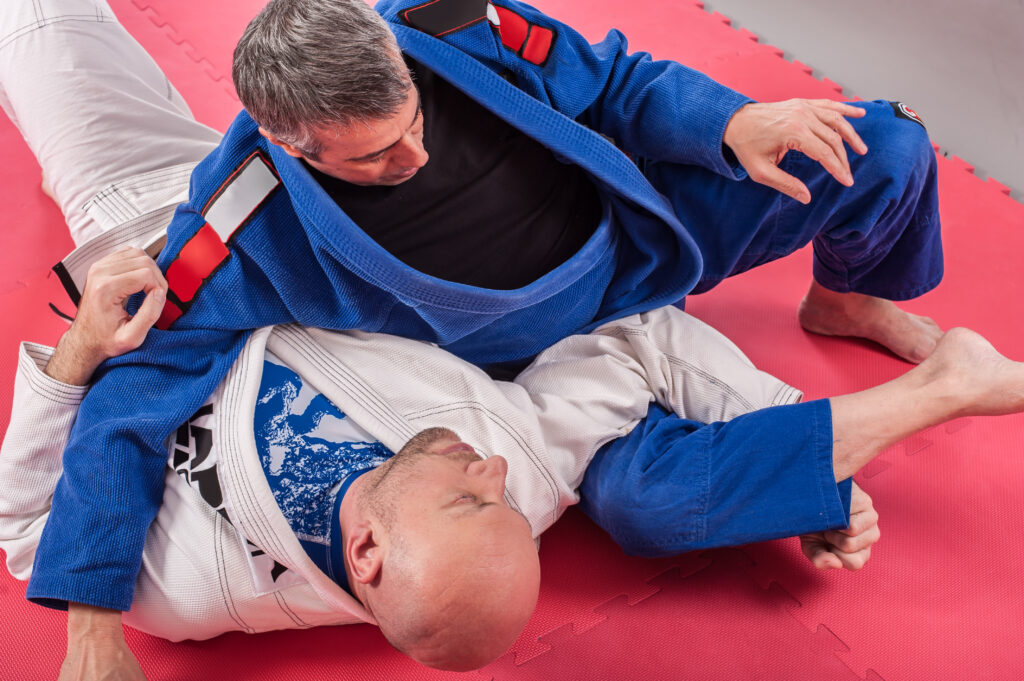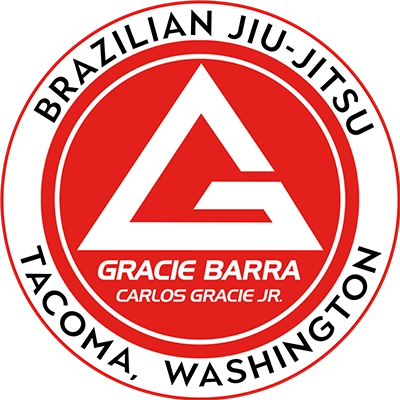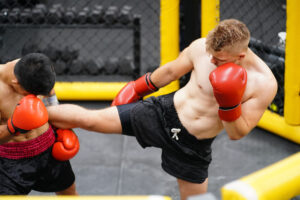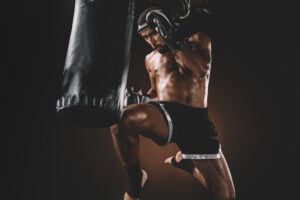The first time I walked into Tacoma Combat Club, I wasn’t expecting much.
It was 2018, raining (obviously), and the converted warehouse on Puyallup Avenue didn’t exactly scream “home of champions.”
The faded sign, the rusted door—it all felt like a thousand other martial arts gyms I’d visited.
Then Ray Sanchez caught me in the smoothest arm bar I’d ever experienced, and I realized I’d stumbled into something special.
“Welcome to Tacoma jiu-jitsu,” he grinned, helping me up. “We don’t look like much, but we’ll change your life.”
He wasn’t exaggerating.

Brazilian Jiu-Jitsu Creates Strong Champions
The City That Grapples
Ask most outsiders about Tacoma, and you’ll hear about the “aroma” (that distinctive paper mill smell that’s actually mostly gone now), the revitalized waterfront, or how it’s “Seattle’s cheaper cousin.” What they won’t mention is that pound-for-pound, this blue-collar port city is producing some of the most technically sound BJJ practitioners in the country.
“There’s no magic secret,” explains Maria Diaz, wiping sweat from her brow after teaching an advanced class at Ascension Jiu-Jitsu. “We just train differently here. Less Instagram, more work.”
She would know. After collecting gold at the IBJJF Pan Ams last year, she turned down offers to train at more prestigious academies in California and Texas, choosing instead to continue developing Tacoma’s homegrown talent.
The Tacoma Touch
I’ve spent the last three years training and competing across the Pacific Northwest, and there’s something unmistakable about facing a Tacoma-trained grappler. They share a distinct technical style—methodical pressure, frustrating control, and a complete absence of wasted movement. Local black belts call it “the Tacoma touch”—a grappling philosophy that mirrors the city itself: unpretentious, effective, built on solid fundamentals.
“We can’t rely on athleticism here,” laughs Kevin Park, a 43-year-old purple belt who manages a local credit union by day. “Most of us have jobs, families, responsibilities. We’re not 22-year-old professional athletes. So we’ve had to develop a style that works for regular people.”
That approach has created something remarkable—a scene where dockworkers and software engineers train side by side, where a 15-year-old phenom might get valuable tips from a grandmother who started at 58, where competition results matter less than the community being built.
The Underground Network
What truly sets Tacoma apart isn’t individual academies but the unusual alliance between them. Unlike the territorial disputes common in larger markets, Tacoma’s schools have created something akin to an informal grappling co-op.
On any given Sunday, you’ll find the “Tacoma Rounds”—rotating open mats where practitioners from across the city converge to train together. One week it’s at Elevation BJJ near Point Defiance, the next at South Sound Jiu-Jitsu downtown. Competitors who might face each other at tournaments the following weekend share techniques, troubleshoot problems, and push each other’s development.
“It started by accident during a snowstorm in 2019,” recalls Sam Wilson, who coordinates the gatherings. “Three schools got snowed in together at a tournament in Portland. By the time the roads cleared, they’d become friends. When they got home, they decided to keep training together.”
That accident has become the backbone of Tacoma’s development system. Cross-pollination means techniques spread rapidly through the community. Weaknesses get exposed and addressed. Coaching insights multiply.
The Kitchen Table Summit
The collaborative approach extends beyond training. Four times yearly, head instructors from across the city meet for what they’ve dubbed “The Kitchen Table Summit”—informal strategy sessions focused on growing the overall jiu-jitsu scene rather than individual schools.
Last month, I witnessed one of these gatherings at Ruben Alvarez’s modest Hilltop apartment. Over homemade enchiladas, seven black belts discussed everything from youth program development to tournament strategies to supporting a promising competitor who couldn’t afford competition fees.
“Ten years ago, we were all fighting over the same small pool of students,” Alvarez admits, refilling water glasses. “Now we’re focused on making the pool bigger. There’s enough for everyone if we build this right.”
Champions From The Shadows
The results speak for themselves. At last year’s IBJJF West Coast championships, Tacoma-based grapplers took home 23 medals—an astonishing number for a city of its size. More impressively, these weren’t just elite athletes but ordinary people with extraordinary dedication.
Like Imani Jefferson, a night-shift nurse who trains during her days off and recently earned double-gold at Masters Worlds. Or the Rodriguez brothers—Miguel, Carlos, and Diego—who grew up in Tacoma’s eastside, found jiu-jitsu through a community outreach program, and have collectively accumulated more than 30 major competition medals.
“What makes me proudest isn’t the hardware,” says Jefferson, showing me her medals between sips of coffee before her shift. “It’s that my teenage patients see what’s possible. When I tell them I started at 35 with no athletic background, it changes their perception of what they might accomplish.”
Beyond The Medals
While competition results grab headlines, Tacoma’s jiu-jitsu community measures success differently. Many academies offer free or reduced-cost training for at-risk youth. Others have developed specialized programs for populations often overlooked in combat sports—adaptive jiu-jitsu for people with disabilities, trauma-informed classes for survivors of violence, tailored training for first responders.
The effects ripple throughout the city. Teachers report improved behavior from students who train. Local employers note the leadership skills developed on the mats. Families find common ground across generations.
“This was never just about armbars,” says Mike Callahan, who opened one of Tacoma’s first BJJ academies twenty years ago in a converted racquetball court. “We’re building better humans who happen to be really good at jiu-jitsu.”
As I finish my final training session before leaving town, a teenager helps a grandfather perfect a sweep they’re both struggling with. Two women who will compete against each other tomorrow share techniques in the corner. A judge and a mechanic take turns drilling takedowns.
This is Tacoma jiu-jitsu—unpolished, unpretentious, and producing some of the finest grapplers you’ve never heard of. At least, not yet.





